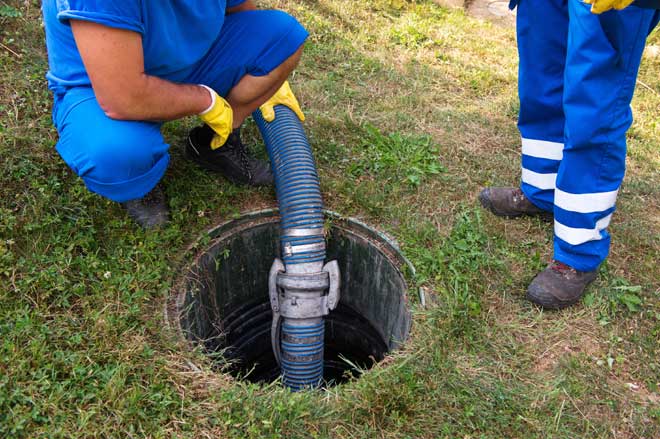News

Preventing Pollution from Septic Systems
In urban areas, household wastewater is handled by a centralized system, which leads to a sewage treatment plant. In rural areas, like Pike County, homes are often spaced so that you can’t even see your neighbors. This dispersal makes a centralized sewage system impractical and financially prohibitive. When living “out in the sticks”, the most common type of household water waste removal is an on-lot septic treatment system, which acts as a small, personal sewage treatment plant. This type of system can provide many household benefits, such as minimizing pollution to surface and groundwater, protecting the household members from contamination of local water resources, and protecting the financial investment of homes and properties. These benefits can only be reaped if the system is placed in an appropriate location, constructed properly, and most importantly, used and maintained properly. Luckily for homeowners, with basic knowledge and maintenance, they can keep their system and their watershed in its best condition.
Getting to Know Your System
The first major step in preventing pollution from your septic tank is to know what type of system you have, you can find a useful guide to different types of septic systems here. To understand how a septic system works (with an easy to read diagram), read our Citizen’s Guide to Clean Water section on On-lot Sewage. Knowing how your system works can help you with maintenance and help you quickly recognize and address problems when they arise.
Recognizing Septic Red Flags
- Slow moving home: toilets, showers and sinks are draining slower than usual.
- Backed up basement: Sewage is backing up into the basement or drains in the home.
- Now waterfront property: The absorption field is holding water, causing ponding or wet areas that won’t dry.
- Neon Grass: The grass over the adsorption field turning bright green may indicate effluent is coming up to the surface.
- SMELL: Sewage odors! Don’t ignore your nose!
- Drinking water: Bacteria or nitrates show up in tests of a nearby drinking water well.
If you recognize any of these red flags on your property, it may be time to contact a local septic specialist to inspect your system. The process of repairing major system failure is pricey, but luckily, it is also preventable!
Tips for Septic Maintenance
By employing the following measures on your on-lot sewage system, you can extend the life of your system and avoid costly system repairs. These tips will also help to protect the water quality in your watershed!
- Limit the amount of water entering your septic tank. Give your system time to absorb heavy loads. Use water saving fixtures, repair leaking toilets and dripping faucets.
- Inspect your tank every year.
- Pump your septic tank at least every 3 years (sooner if your yearly inspection indicates you should.)
- When purchasing a home, get complete design and maintenance records from the previous owners.
- Avoid using garbage disposals, instead consider starting a compost pile (click here for a PCCD how-to).
- Driveways, and other impermeable surfaces should not be constructed over the absorption field. Effluent evaporates up through the ground in the absorption field.
- Grease should be disposed of in the trash, not down the drain.
- Use toilet paper that is labeled “safe” for septic systems.
- Read product labels, know what is going down your drain! If possible, don’t pour any chemicals down your drain.
- Perform annual routine maintenance on any lift or distribution pumps.
- Keep all non-biodegradable items; sanitary napkins, disposable diapers, wipes (even if they say safe for septic), paper towels, etc, out of your septic system.
- Do not drive or park on your absorption field.
- Keep trees and shrubs at least 35 feet away from the system, so roots do not interfere with system.
- Locate your absorption field as far as possible from any surface water, such as lakes, ponds, streams, etc.
These tips will help to prevent a major failure of your septic system; not only saving you money, but also keeping dangerous nutrient pollution out of your local water resources.
